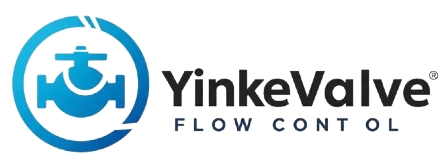Selecting the right ball valve for high-pressure applications is critical for system safety, reliability, and long-term performance. This comprehensive guide will walk you through the essential factors to consider when making this important decision.
Understanding High-Pressure Ball Valve Requirements
High-pressure applications, typically defined as systems operating above 600 PSI, require specialized ball valve designs to handle the increased mechanical stresses and ensure reliable sealing. The selection process involves careful consideration of multiple factors including valve design, materials, and operational requirements.
At YHK VALVE, I’ve seen many installations fail due to improper valve selection. The cost of valve failure in high-pressure systems extends far beyond replacement costs – it includes downtime, safety risks, and potential environmental impact.

Trunnion vs Floating Ball Design
The fundamental decision in high-pressure ball valve selection is choosing between trunnion mounted and floating ball designs. This choice significantly impacts valve performance, operating torque, and maintenance requirements.
Floating Ball Valves
Floating ball valves work by allowing the ball to move slightly downstream under pressure, creating a tight seal against the downstream seat. While effective for many applications, they have limitations in high-pressure service:
- Operating torque increases significantly with pressure
- Seat wear can be excessive in high-pressure applications
- Generally limited to smaller sizes in high-pressure service
- More suitable for pressures up to 1500 PSI
Trunnion Mounted Ball Valves
Trunnion mounted designs use a fixed ball supported by bearings at the top and bottom. The seats move to create the seal, offering several advantages for high-pressure applications:
- Operating torque remains relatively constant regardless of pressure
- Superior performance in high-pressure applications up to 2500 PSI
- Available in larger sizes while maintaining reliable sealing
- Reduced seat wear due to trunnion support system
- Ideal for frequent operation in high-pressure service
– Dr. Zhang Wei, Senior Valve Engineer, YHK VALVE
“In my 15 years of valve engineering experience, I’ve found that trunnion mounted ball valves consistently outperform floating ball designs in high-pressure applications above 1000 PSI. The investment in trunnion design pays off through reduced maintenance and increased reliability.”





